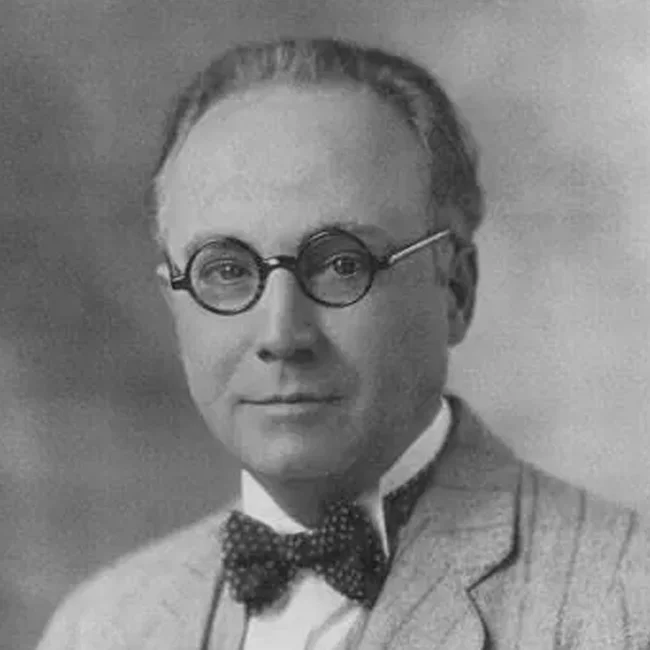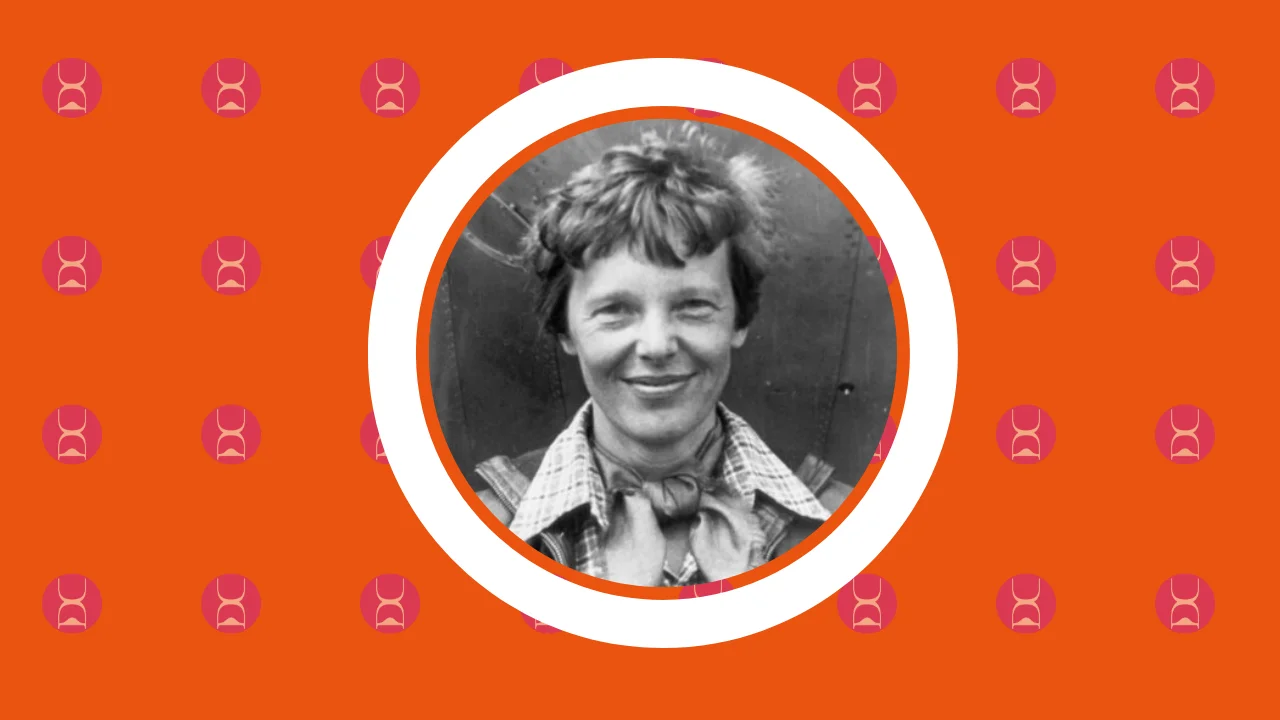The Genius Behind Sliced Bread: Otto Rohwedder’s Story
10 Feb 2025
Featured

Right from time, inventors are known to make life easier and meaningful. Otto Rohwedder was one of these inventors who made life easy during his lifetime. He was popularly known for inventing the bread-slicing machine for commercial use in the 1920s.
Otto Rohwedder was an American inventor and engineer who created the first automatic bread-slicing machine for commercial use.
Rohwedder’s persistent spirit and passion convinced him that his idea of inventing a bread-slicing machine was possible. He was a dream chaser who would go to any length to make his idea a reality, even if it meant giving up on something else in his case.
“The greatest thing since sliced bread” came to being after the invention of the sliced bread machine by Otto Rowedder.
Otto Rohwedder was born in Davenport, Iowa, on July 28, 1880, to parents Claus and Margaret Rohwedder, of ethnic German descent.
While growing up, he attended the Davenport public schools. After that, he embarked on his apprenticeship journey, where he became an apprentice to a Jeweler to learn the trade of making and selling Jewellery.
In addition to learning a trade, he also studied optometry at the Illinois College of Optometry, where he graduated in 1900 with a degree in optics.
Rohwedder juggled between two careers (Being a jeweler and Inventor). Firstly, after his apprenticeship program, he became a jeweler. He went ahead to start his jewelry business. During this period, Rohwedder opened three jewelry stores in St. Joseph. He ran and managed his jewelry business successfully until 1916.
While running his jewelry business, Rohwedder came up with the idea that he could build a machine for slicing bread for commercial purposes. Convinced enough that he could pull it through, Rohwedder sold his three jewelry stores to enable him to raise funds to develop and manufacture the machine.
After he sold off his stores and moved back to his hometown, he started working on several prototypes. One of the prototypes he came up with was able to hold sliced bread together with metal pins. These models and the others he came up with then were all unsuccessful.
In 1917, Rohwedder faced one of his biggest challenges when a fire burnt down the factory where he built and was still building his machines and destroyed his prototypes and blueprints.
This experience caused Rohwedder to slow down on his invention, as he needed to raise funds again and continue building the bread slicer and bring it to the market.
After several years of getting delayed, Rohwedder successfully invented the bread slicer machine in 1927. This time Rohwedder’s machine did more than slice the bread, but also wrapped it up to prevent it from going stale.
Lesson 1 – Innovation and problem-solving: Rohwedder was an innovator and problem solver, his initial plan was to build a machine that could slice bread only. However, during his research, he found out that there is a need to prevent the sliced bread from going stale. And so, Rohwedder also built a machine that could wrap the sliced bread up.
Right after the successful invention of the bread slicer, Rohwedder applied for and got patents to protect his invention. With his patent, he sold his first bread slicer to a friend and baker, Frank Bench, who installed it at the Chillicothe Baking Company in Chillicothe, Missouri, in 1928.
.Lesson 2 – Persistence pays off: Rohwedder was persistent. His dream and idea of building a bread-slicing machine came with numerous setbacks. Despite ending up with failed prototypes several times and even experiencing a fire breakdown that destroyed his blueprints, Rohwedder still didn’t give up on his goal. He later invented the bread slicer successfully.
Rohwedder also had other sales after the first one he sold to Frank Bench. The slicer sold well until the stock market crashed in 1929. The situation reduced his Mac-Roh sales and forced him to sell his patent.
[Commercial bread-slicing machine was designed and manufactured in 1928 by Otto Frederick Rohwedder (1880-1960)]
Mirco-Westco Co. of Bettendorf, Iowa, bought his machines and hired Rohwedder as the vice president and sales manager of the newly formed Rohwedder Bakery Machine Division.
Rohwedder worked in the company until he retired at 71 in 1951.
Lesson 3 – Adaptability: Rohwedder learned to adapt to circumstances that were not in his favor. When the stock market crashed in 1929, he sold his invention rights, but this did not stop him from contributing to the industry by accepting to work for Micro-Westco Co. This move helped him remain relevant.
In 1943, years after the invention of the slice bread machine, an irate housewife shared her opinion about slice bread in the New York Times saying;
“I should like to let you know how important sliced bread is to the morale and saneness of a household. My husband and four children are all in a rush during and after breakfast. I need ready-sliced bread to do the slicing for toast – two pieces for each one – that’s ten. For their lunches, I must cut by hand at least twenty slices, for two sandwiches apiece. Afterward, I make my own toast. Twenty-two slices of bread to be cut in a hurry!”
Rohwedder was married to Carrie Johnson. They got married in 1905 and lived in St. Francisville, Louisiana. The couple had two children, Margaret and Richard.
After Rohwedder retired from the Rohwedder Bakery Machine Division, he moved with his wife Carrie to Albion, Michigan, where their daughter Margaret (Rohwedder) Steinhauer and his sister Elizabeth Pickerill lived.
Rohwedder’s wife, Carrie, died in 1955. Rohowedder died in Concord, Michigan, on November 8, 1960, five years later. He was buried at Riverside Cemetery in Albion.
Worldwide, Rohwedder was and is still known as the father of sliced bread. During his lifetime, he received seven patents for his bread-slicing machine production. He got invited to speak to groups around the country.
In his honor, Rohwedder’s original slicing machine is in the Smithsonian Institution in Washington, DC.
To learn more about the invention of Otto Rohwedder, you should endeavor to read this book – Invention that changed the world by Rodney Castleden.
Reference
Tags
Inventor
Latest Posts
Tags
- Women27
- Scientist9
- Author6
- Inventor3
- Nobel3
- Singer3
- Actor2
- Activist2
- Physicist2




